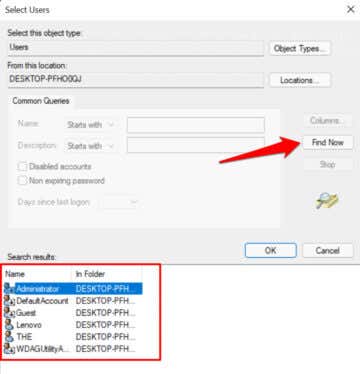

- #User ftp disk quota mybooklive how to
- #User ftp disk quota mybooklive install
- #User ftp disk quota mybooklive full
- #User ftp disk quota mybooklive password
- #User ftp disk quota mybooklive free
Now contrary to the all too common bragging about Rsync, Rsync is actually quite slow. I like to do this just in case there is some problem with the backup script that I’d like to troubleshoot. This runs the backup script every morning at 1:00am and redirects the output to a log file in the /tmp directory. Type crontab -e and add a line like the following.Ġ 1 * * * /home/NetCodger/backup.sh > /tmp/backup.log 2>&1 The only thing left is to use cron to make the script run each night. I like /home/NetCodger/backup.sh Don’t forget to make it executable Simple and secure, storing 30 backups in 1/15th of the space. # backup even though they only copy changed blocks since 1.days_ago
#User ftp disk quota mybooklive full
# –link-dest creates hard links so that each backup run appears as a full Nice is used to prevent Rysnc from hogging the CPU.
#User ftp disk quota mybooklive free
# Rename backup directories to free up the 0 day directory.ĭo ] & \ SrcDir=/home/NetCodger Directory to be backed upĭestDir=/shares/Linux/NetCodger Backup destination on NASĮcho = NAS=MyBookLive IP address or resolvable hostname of NAS # -– Edit these variables to suit your environment -– # Directories are rotated n times and rsync is called to # A backup script based on Rsync that pushes backups onto a NAS. But, thanks to rsync’s leveraging of file system hard links, 30 full backups occupy less than 300GB and nightly backups take only seconds to complete. The following script keeps a 30 day rotating backup of my excessively large (135GB) home directory on the My Book Live. This is imporatant when you want to use SSH in bash scripts, which is exactly how I’ve chose to do the backups. From now on, simply typing ssh securely logs you in with no password. ssh/id_rsa.pub | ssh 'cat > ssh password:Ī few simple commands and your done. Your public key has been saved in /home/NetCodger/.ssh/id_rsa.pub.Īb:cd:ef:12:34:ab:fe:dc:ba:98:76:54:7e:ee:4f:eb key's randomart image is: Your identification has been saved in /home/NetCodger/.ssh/id_rsa. It results in secure passwordless SSH logins from your Linux desktop to the My Book ssh-keygen -t rsaĮnter file in which to save the key (/home/NetCodger/.ssh/id_rsa):Įnter passphrase (empty for no passphrase): This is just a few simple commands executed on your Linux desktop. The next important step will be to enable passwordless SSH logins to the My Book Live.
#User ftp disk quota mybooklive password
You can now login via ssh and change the root user’s password with the passwd root command. To do it, first log in to the web interface at After you’ve been authenticated, enter this case sensitive URL and tick the Enable SSH check box. Western Digital even provided a GUI screen that allows you to enable this service, but you have to enter the URL to it yourself. The first step is to enable SSH on the My Book Live. The script also rotates the backups and uses file system hard links to maintain numerous full backups that take only seconds to run each day while consuming minimal disk space.
#User ftp disk quota mybooklive how to
So the following instructions are how to push rsync backups to the My Book Live via SSH. However, since the SSH configuration is maintained across firmware updates, rsync via SSH was a perfectly viable option. This eliminated the rsync daemon and Rsnapshot, etc.

So, for this backup scenario, I did not want to modify the My Book Live. The Net Codger fully intended to mess with his My Book Live and would almost certainly need to restore it to factory defaults. When one updates the “firmware”(WD’s Debian install) on the My Book Live, it wipes out any user installed apps and most, though not all, configurations, returning it to a factory vanilla NAS.

#User ftp disk quota mybooklive install
Or you could install Rsnaphot on it and have it act as a backup server, sucking the backup off of your Linux systems. Again, because of the My Book Live’s flexibility, you could install the rsync daemon on the My Book Live and have it receive your backups. But, most Linux admins prefer Rsync for backups these days. You could use tar and save the backups to a network share, right out of the box. Using the flexible My Book Live, there are a lot of ways that one could backup a Linux system. Because it took me more than just a few minutes, I thought I’d share my backup script, and the reasoning behind it, so that others can get going more quickly. While putting a Western Digital My Book Live through its paces, I needed to backup a Linux system to the My Book Live which functions as a NAS.


 0 kommentar(er)
0 kommentar(er)
